The word bokeh, which has been taken from the Japanese dictionary, means blur or out of focus. But the word assumes a much larger definition when used in the context of photography. Suddenly blur is good and background blur is ‘bokehlicious’. But how do you capture bokeh? How do you make your background (and/or foreground) melt away? Doug McKinlay from the Adorama TV has a few suggestions:
While shooting portraits or small subjects we’ve all tried using a smaller f-number to get a bit of background blur going and thereby separate the subject from the background. But bokeh goes a bit further.
“With bokeh, we’re looking at shards of light in behind your subject. Nicely, softly focused, as well. And that’s the difference between the two. Simply, it’s those spears of light in a soft focused setting that gives us the bokeh.”
Lens Choice for Better Bokeh
The million dollar question, however, is how do you achieve this bokeh?
A fast lens, ideally in the region of f/1.4 or f/1.8, is great for producing bokeh. You could also use an f/2.8 lens. Any lens in the range of 21 to 85mm focal length is ideally suitable. If you don’t have a lens that fits the above description, don’t worry; McKinlay has a solution.
The solution is in standing farther away from your subject. Stand double the distance that you would normally for a fast prime lens. That way the subject is more compressed because of the natural compression of a long lens.
Bokeh Shape
The shape of the bokeh is dependent on the lens aperture diaphragm. More particularly on the number of aperture blades. If there are 9 blades creating essentially what is a round aperture, the shape of the bokeh would be round. If the shape of the aperture is rectangular or hexagonal the shape of the bokeh would be according to those shapes.
Bokeh Technique
It’s essential that you use a tripod for shooting with a wide aperture. This is because the margin of error at such wide apertures is very narrow. Even the slightest movement of the hands will throw focus away. Use a cable release, as well, if you can.
Try to shoot through a range of f-stops. Depending on the maximum aperture possible on your lens, you can shoot at f/2.8 to f/2, to f/1.8 and wider. This will give you a good idea of how the bokeh changes as the aperture changes.
Of course the aperture that you end up using will depend a lot on the amount light there is in the scene. Sometimes, a bit of fill-flash goes a long way to lift an image.
Props and LED Lights
Don’t forget to experiment. Bring in props such as small LED lights. You can use these lights as the source of bokeh or even as the source of key light for the subject of your image. The subject can be anything from a toy to billiard balls or even a coffee cup.
Do you have any creative bokeh tips up your sleeve? Share some with us in the comments!
Like This Article?
Don't Miss The Next One!
Join over 100,000 photographers of all experience levels who receive our free photography tips and articles to stay current:
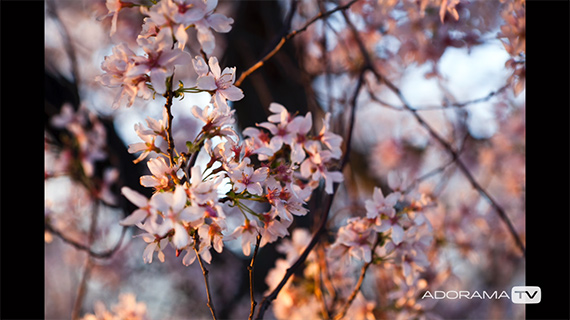
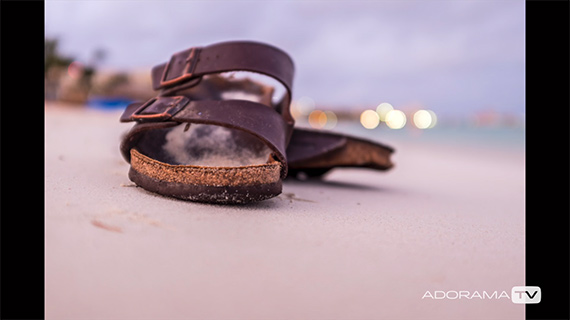
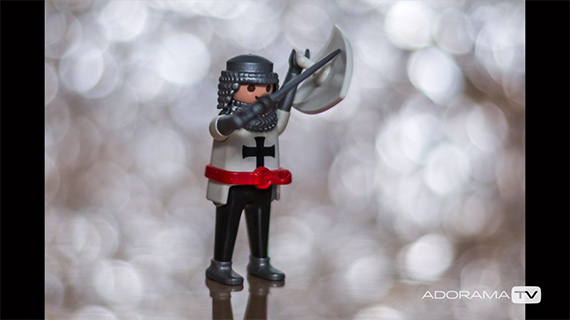
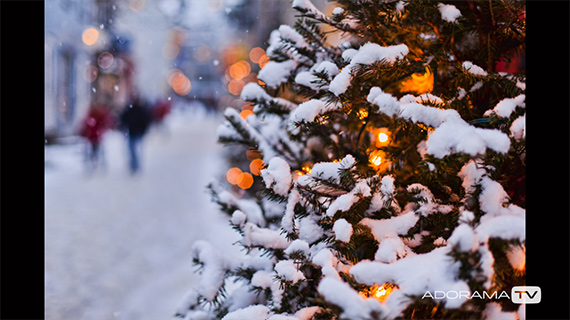
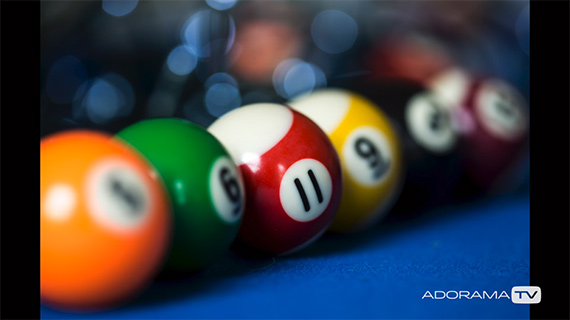






Leave a Reply